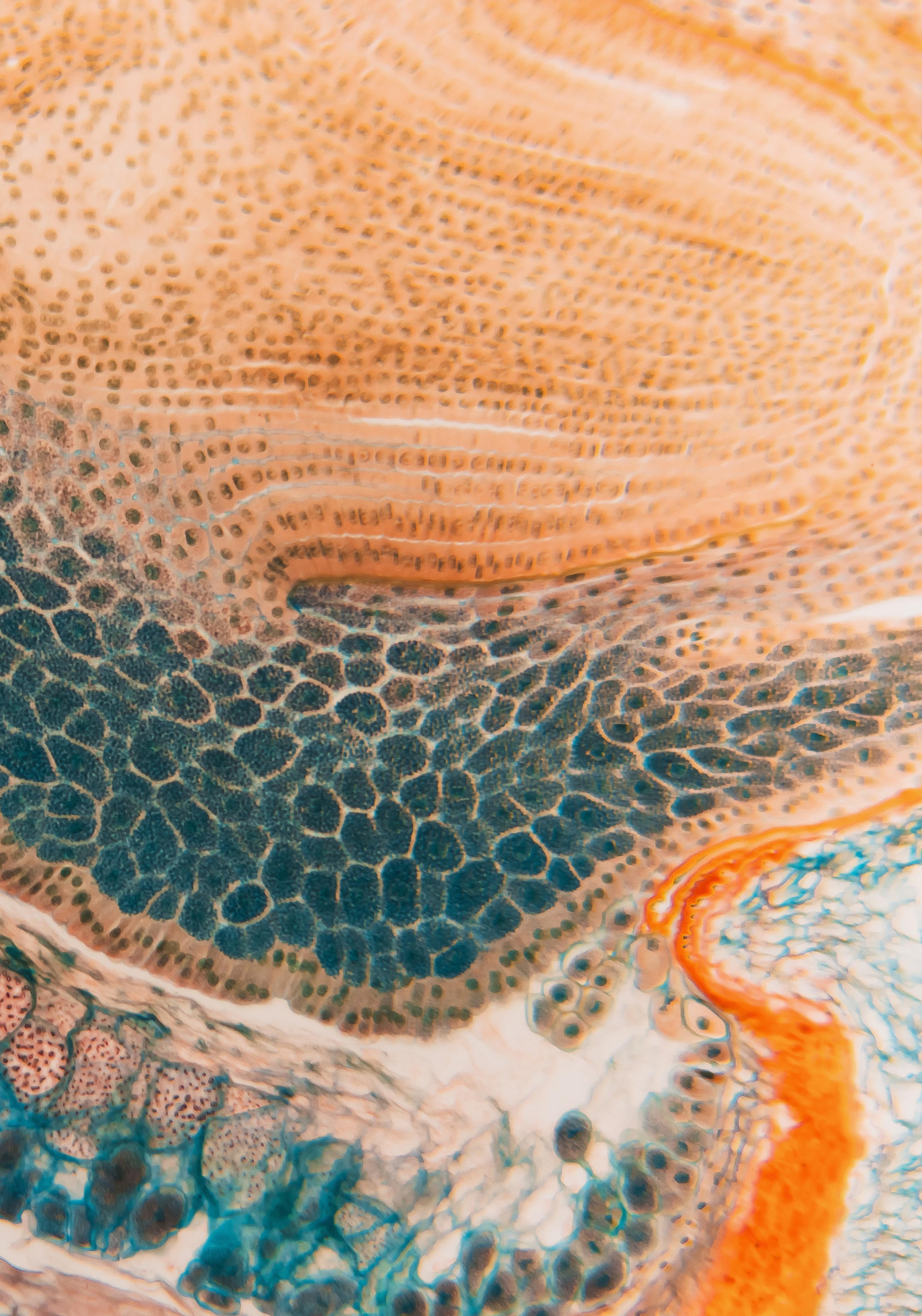
1 minute read
Self-Healing DNA Nanostructures
DNA nanostructures can be assembled into many shapes for medical purposes (left), but natural enzymes degrade them (center). By adding smaller DNA “tiles” to the building solution, they replace the damaged areas and stabilize the structure (right).

Advertisement

DNA may be widely known for carrying genetic instructions in our cells, but it is also a resourceful material for nanofabrication. Because of their biocompatibility and mechanical flexibility, researchers can create DNA nanostructures that can be assembled into various shapes for many uses. In medicine, DNA nanostructures have the potential to help diagnose diseases and deliver medications. However, there are also many challenges in using them.
One of the difficulties researchers face is that naturally occurring enzymes in the body and in cell cultures degrade the DNA nanostructures before they can complete their purpose, commonly within 24 hours. Thus, researchers are experimenting to find methods to stabilize them. Current methods, such as coating and chemically modifying the structures, can be expensive and compromise the structure’s biocompatibility. Rebecca Schulman, associate faculty member at INBT, along with doctoral student Yi Li, may be on the right track by taking a self-repairing strategy. Schulman and Li developed a DNA nanostructure, specifically a nanotube, that can self-heal from the damage caused by natural nuclease enzymes. They built DNA nanotubes in a serum that contained smaller DNA “tiles” and then exposed it to nuclease. As the nuclease degraded the nanotube, the smaller “tiles” counteracted the degradation processes by replacing damaged structures and repairing the nanostructure. Their self-repairing method increased the structures’ lifespan from 24 hours to over 96 hours.

When Schulman and Li analyzed their method in a computer model, it showed that the lifespan of the DNA nanotubes could possibly extend further by months or longer. DNA nanotubes have a lot of potential in their ability to carry drugs and have been used in tissue engineering to build scaffolds that facilitate new tissue formation. Schulman and Li’s work is bringing researchers one step closer to using DNA nanostructures to improve medical treatments and quality of life for patients.









